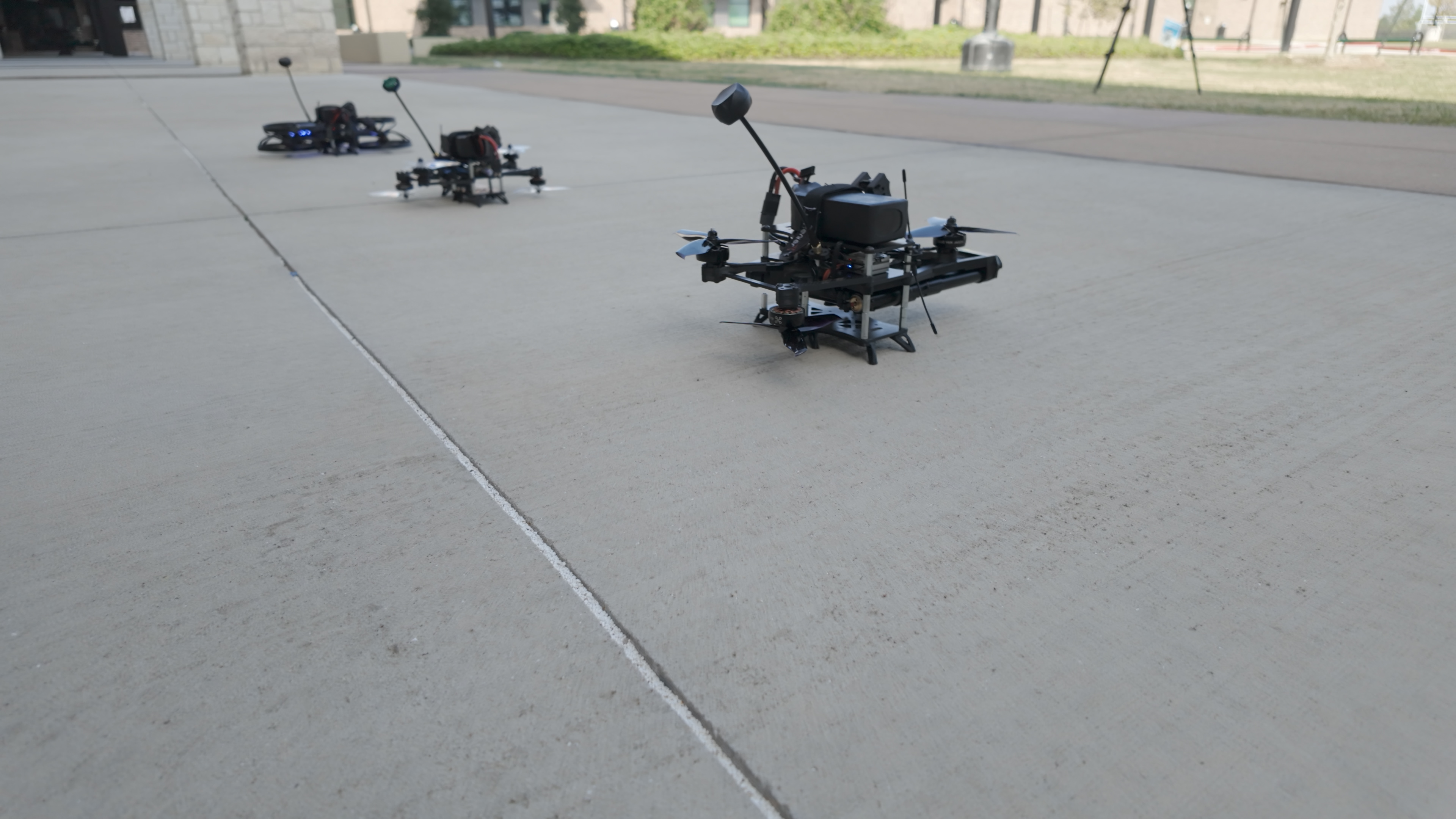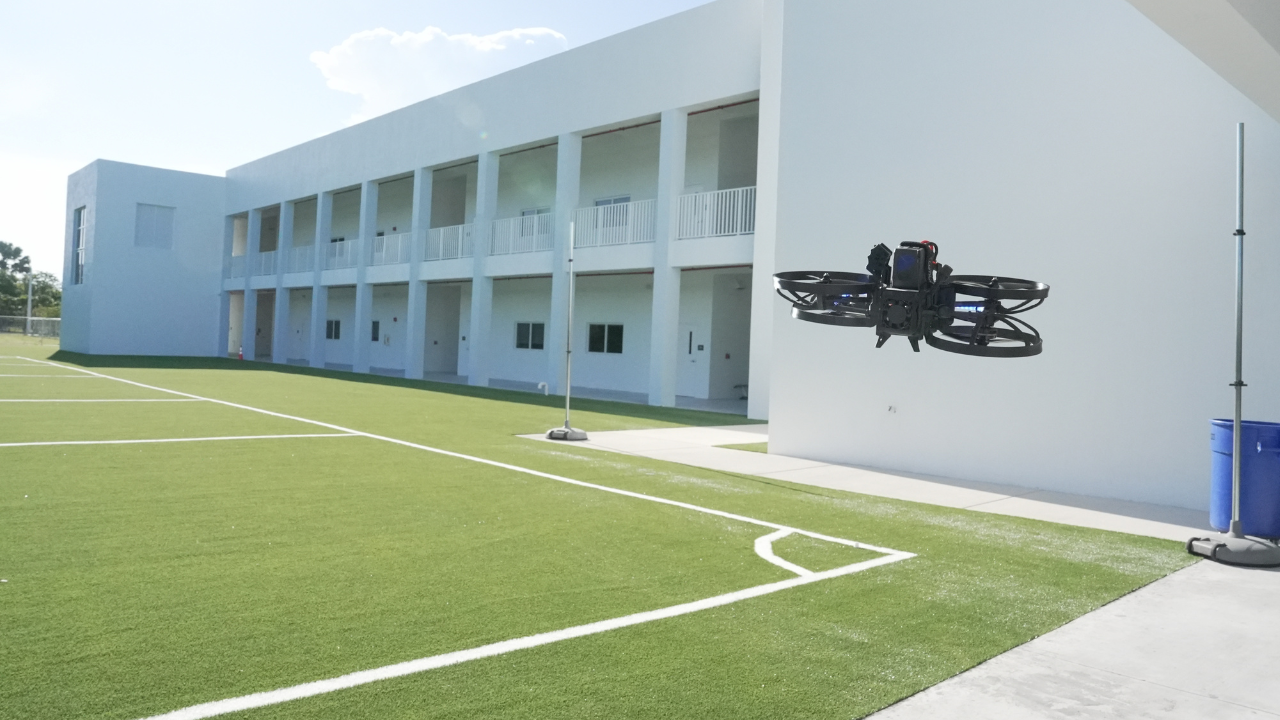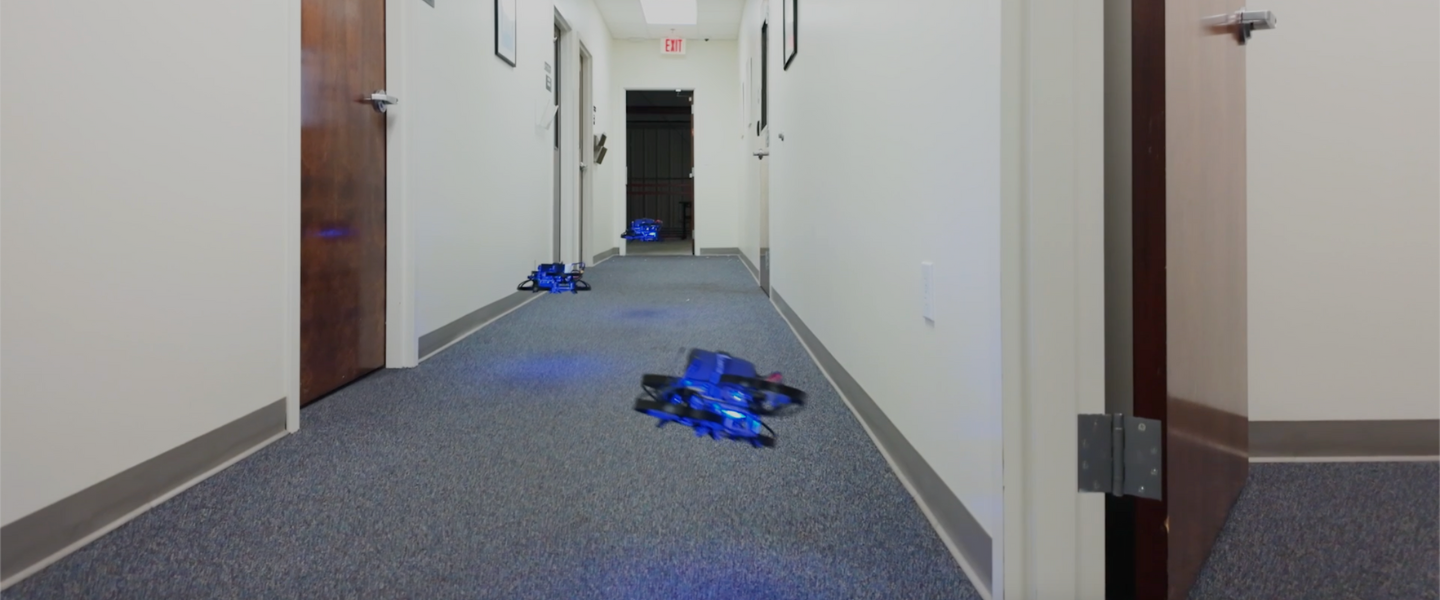Bill King
•
Chief Tactical Officer
June 23, 2025
How to Improve Situational Awareness During Emergencies
June 29, 2025
In an age where school safety can never be taken for granted, administrators, first responders, and parents are all asking the same question: How do we know what’s really happening inside a school during an emergency? Whether it's a lockdown, an active shooter, or another critical incident, the ability to see and understand what’s going on in real time — what we call situational awareness — can be the difference between chaos and a coordinated, life-saving response.
The Current Landscape of School Safety Tools
Most schools today have some patchwork of safety tools in place, including:
- Surveillance cameras watching entrances, hallways, and common areas;
- Artificial Intelligence searching cameras for weapons;
- Access control systems that lock doors or require badges for entry;
- PA and text alert systems that trigger lockdowns during emergencies;
- School resource officers (SROs) or security guards on site; and
- Threat assessment protocols aimed at identifying risks before they materialize.
These tools all serve a purpose — yet a challenge remains: they rarely talk to each other.
The Integration Problem
One of the biggest issues in emergency response is the lack of interoperability. For example:
- A school security officer may see something on a hallway camera, but that feed may not be available in real time to law enforcement rushing to the scene.
- The building’s floor plan might be in a binder in the principal’s office — not in the hands of the officers who need it in a moment of crisis.
- An access control system may lock doors during a lockdown, but there's no visibility into which doors are secure or breached unless someone checks manually.
- Panic buttons might send alerts to a call center, but do not update the surveillance system or trigger live video feeds to responders.
This lack of integration leads to fragmented information, delayed decision-making, and unnecessary risk — especially when every second counts.
What True Situational Awareness Should Look Like
In an ideal emergency response, decision-makers would have:
- A real-time, shared picture of what's happening inside and outside the school.
- Instant visibility into curated camera feeds, building access points, and movement.
- Accurate geolocation of people and threats, overlaid on interactive school maps.
- Automated communication and coordination between school staff and emergency responders.
That’s where most traditional solutions fall short — and where new technology is stepping in to fill the gap.
Campus Guardian Angel: Creating Real-Time Situational Awareness When Every Second Counts
At Campus Guardian Angel, we believe that situational awareness isn't just about having access to tools — it's about turning fragmented data into a clear, immediate, and interconnected understanding.
In a crisis, knowing where the threat is, what it's doing, and how conditions are changing across a campus is critical. Our system is designed from the ground up to deliver instant, actionable intelligence and decision dominance — to school leaders, first responders, and our centralized operations center — all within seconds of an alert.
We create this situational awareness by combining autonomous drone response, real-time video feeds, and integrated data into a single, cohesive view of the incident.
Here’s how we do it:
- Drone DeploymentAs soon as a threat is detected, our drones launch and arrive at the scene within seconds. They provide a live aerial view of the situation — often before anyone on the ground can respond. This real-time video becomes an additional set of eyes for incident command, allowing everyone to see what’s happening as it unfolds.
- Digital Twin of the SchoolEvery school in our network is modeled in a carefully annotated 3D "digital twin" — a virtual representation of the building, rooms, doors, and surveillance angles. As the situation evolves, this digital twin becomes the operating map. Drones, cameras, and sensor data are all overlaid onto it, so responders always know where things are happening — not just what.
- Integrated Communications and DataWe integrate live feeds from existing school cameras, access control systems, emergency alerts, and drone telemetry into one centralized platform. Everyone from our operators to school security to arriving law enforcement can access the same intelligence in real time through our App — no more siloed systems or blind spots.
- Non-Lethal Intervention CapabilitiesIf a threat is confirmed, our drones can deploy non-lethal deterrents like pepper balls or strobes and sirens to delay or disorient the attacker — buying critical time until police arrive. This provides schools with a proactive, non-lethal response to a lethal situation.
- Remote Operations Center SupportEverything is overseen by our professionally trained operators at the Campus Guardian Angel Operations Center. They guide the drones, manage the data feeds, coordinate with responders, and ensure all systems are working in sync — so school staff can focus on protecting lives, not managing tech.
With Campus Guardian Angel, schools gain more than just new hardware — they gain a real-time awareness system that fuses people, places, and data into one unified picture. That’s what it takes to make better, faster decisions, providing schools with the ability to respond in seconds — not minutes — and deliver effects that intervene and save lives.












